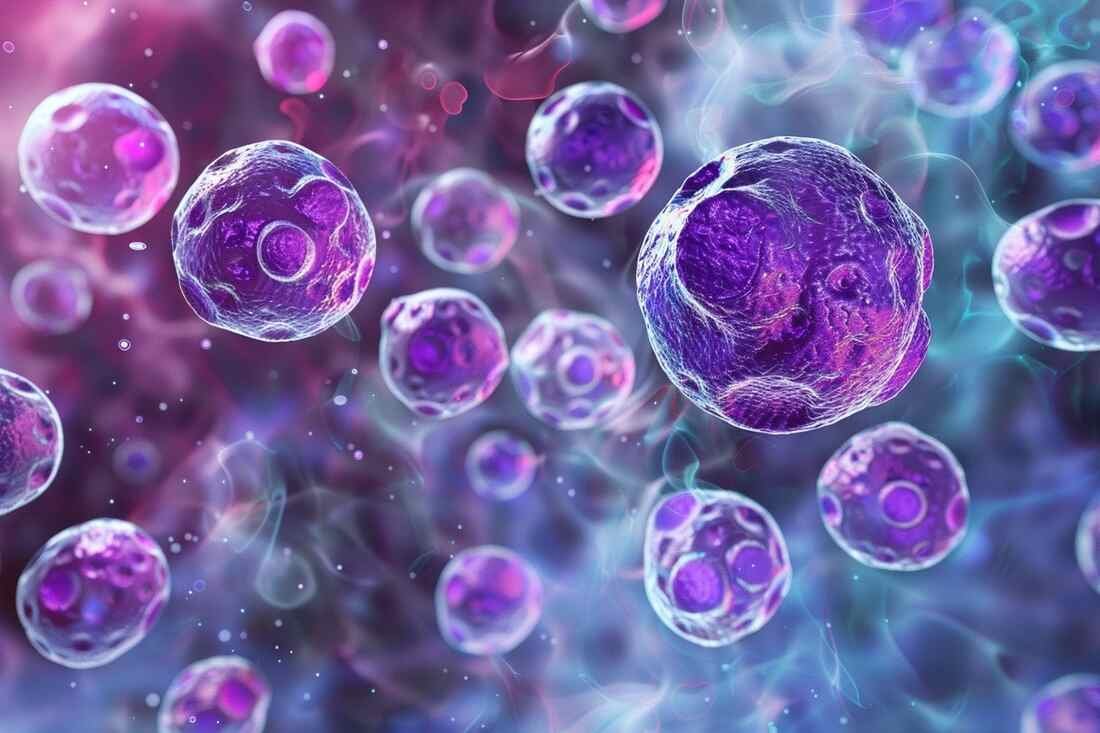What to do if you get stung by jellyfish?
Jellyfish stings are very painful but not always harmful to humans. What to do if you get stung by jellyfish? Although the itching can be severe, you should avoid rubbing the wound with your hands, as if any cnidocytes (explosive cells used by cnidarians in order to capture their prey) stick to them, it is possible to transfer them and therefore burn your hand as well. Likewise, one should avoid rinsing the affected area with fresh water as this can worsen the burn due to the difference in osmotic pressure.
1st reflex and right attitude when you get stung by a jellyfish
The right attitude to do is gargle with sea water and put sand on it, let it dry. Then, by using a card (bank card for example) or tweezers to pass through the affected area to remove the stuck stinging cells (tentacles) and rinse again with sea water. Finally, to reduce pain, it is recommended to heat the area, either with hot water. at 45 degrees or with a hairdryer as heat inhibits toxins. Remember to disinfect the wound with an antiseptic.
What cream for jellyfish sting?
Burning and allergy are the two main effects of jellyfish stings, consider applying petroleum jelly (Vaseline) cream or cortisone ointment. Pain may accompany these signs, paracetamol may be suitable if needed.

What are the symptoms of a jellyfish sting?
The jellyfish sting immediately causes an inflammatory reaction which is characterized by an intense burning sensation, tingling, pain and itching. In question, the presence of filaments containing poisonous cells remained on the skin after the passage of the jellyfish. “The lesion is red and quite extensive, measuring 3-4 cm (1-1.5 inches). In general, we can clearly distinguish the trace of the jellyfish tentacle on the epidermis. All around, there are vesicles filled with venom, similar to nettle bites ”, details Valentine Cabanel, doctor of pharmacy.
The lesions go away on their own, but they can last for 10 to 15 days. “Sometimes the healing takes longer, while the skin regenerates, like with burns. It can last a month or more. For rapid healing, we obviously avoid exposing the damaged skin to the sun, ”says the specialist.
Allergy to jellyfish stings
Some people may have a generalized allergic reaction to the jellyfish sting (especially if the stings are multiple). We are talking about anaphylactic shock. It is manifested by swelling of the skin, general malaise (vomiting, fever, loss of consciousness) and possibly paralysis of the affected limb. These symptoms constitute a medical emergency, the person must be taken care of quickly.
Limit the risk of being stung by jellyfish
To limit the risk of being stung by jellyfish, some precautions are useful, such as not touching jellyfish washed up on beaches, they can still sting. This concept should be well taught to children.
Of course, it is recommended to avoid infested swimming areas. Note that there are neoprene or anti-puncture clothing, and shoes suitable for swimming in the sea.
Information: Cleverly Smart is not a substitute for a doctor. Always consult a doctor to treat your health condition.
Sources: PinterPandai, Mayo Clinic, NHS UK, Healthline
Photo credit: Thomas Quine / Flickr Creative Commons



